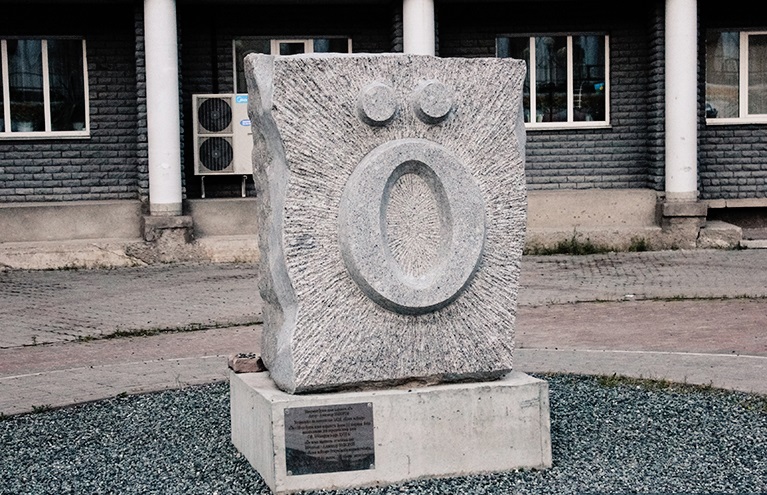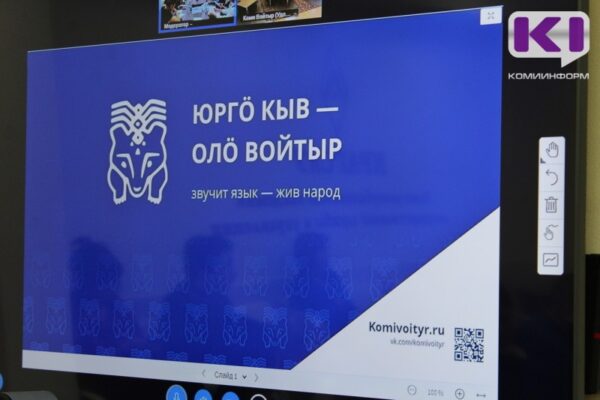
Komi Language and Writing Day
Бур лун! Сиа бур шуд!
Good Day! Congratulations!
The roots of the Komi literary language go back to the 14th century, when the famous Orthodox missionary St. Stephen of Perm is said to have invented the special alphabet for Old Permic and used it to translate liturgical texts. The third Sunday of May is celebrated both as the day of the Komi literary language and the commemoration of the creator of the Komi alphabet, bishop and saint Stephen of Perm.
According to church legend, between 1372-1375 Stephen created the first, 24-letter Komi alphabet, also known as Anbur, for which he drew inspiration from the Greek alphabet and the traditional signature markings of Komi families. The reason for the alphabet’s creation lies in the proselytisation of Christianity among the Komi.
The name Anbur comes from the names of the first two letters of the alphabet, an and bur. The Komi are one of the oldest literate Finno-Ugric peoples. Anbur has been in use between the 14th-16th centuries and 236 words written in this alphabet have been preserved up to our times. From the 18th to the beginning of the 20th century, the Cyrillic alphabet was used for Komi.
Over the course of time, Komi has been written in many different alphabets. Between 1916-1930 and 1936-1938, the Cyrillic-based Molodtsov alphabet was used. Between 1931-1935, the Latin alphabet was in use. Since 1938, the Cyrillic alphabet has been reintroduced for Komi, but with two letters, i and ö coming from the Latin alphabet. The letter Ö has a statue built in its honour in Syktyvkar.
MORE
Next:


